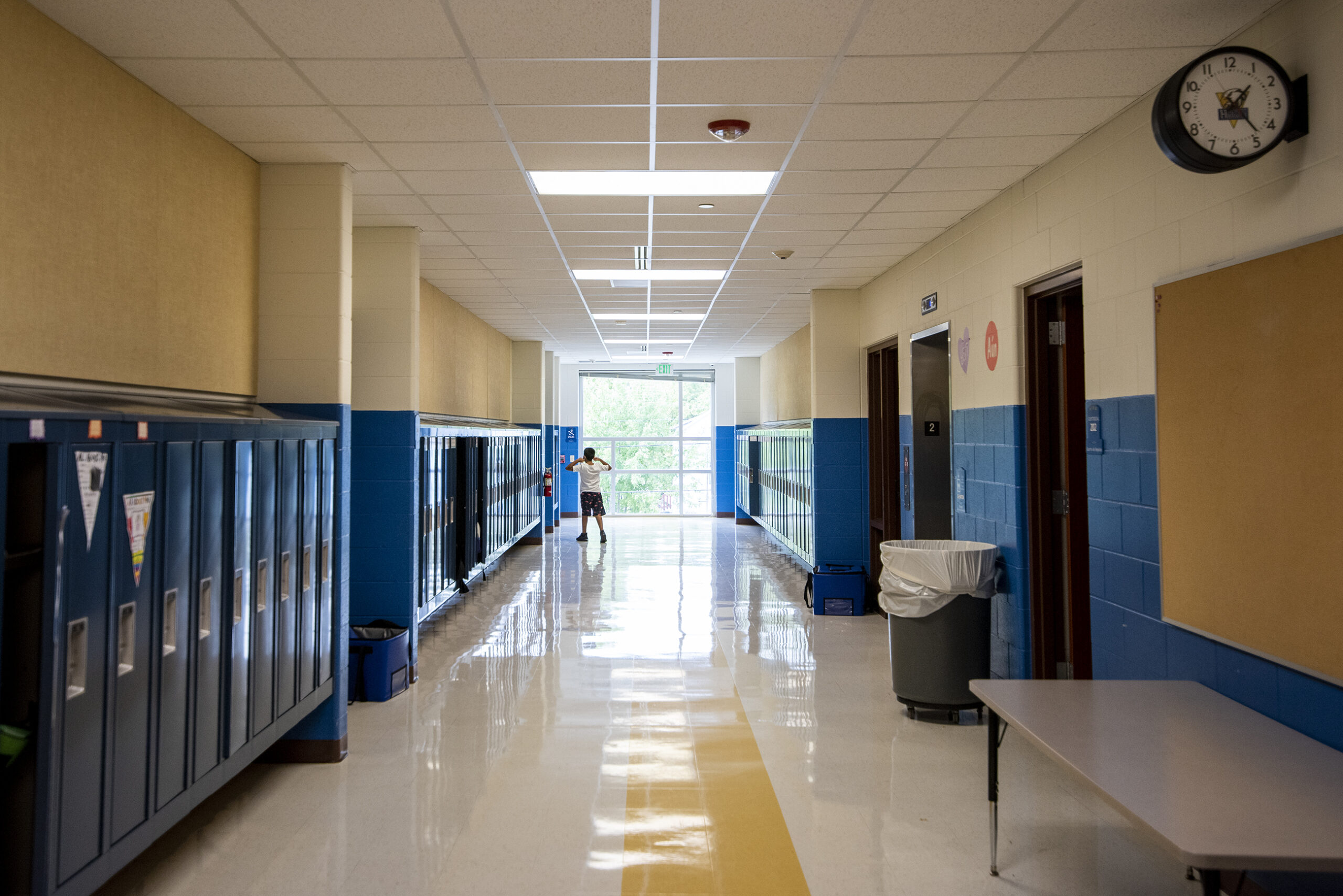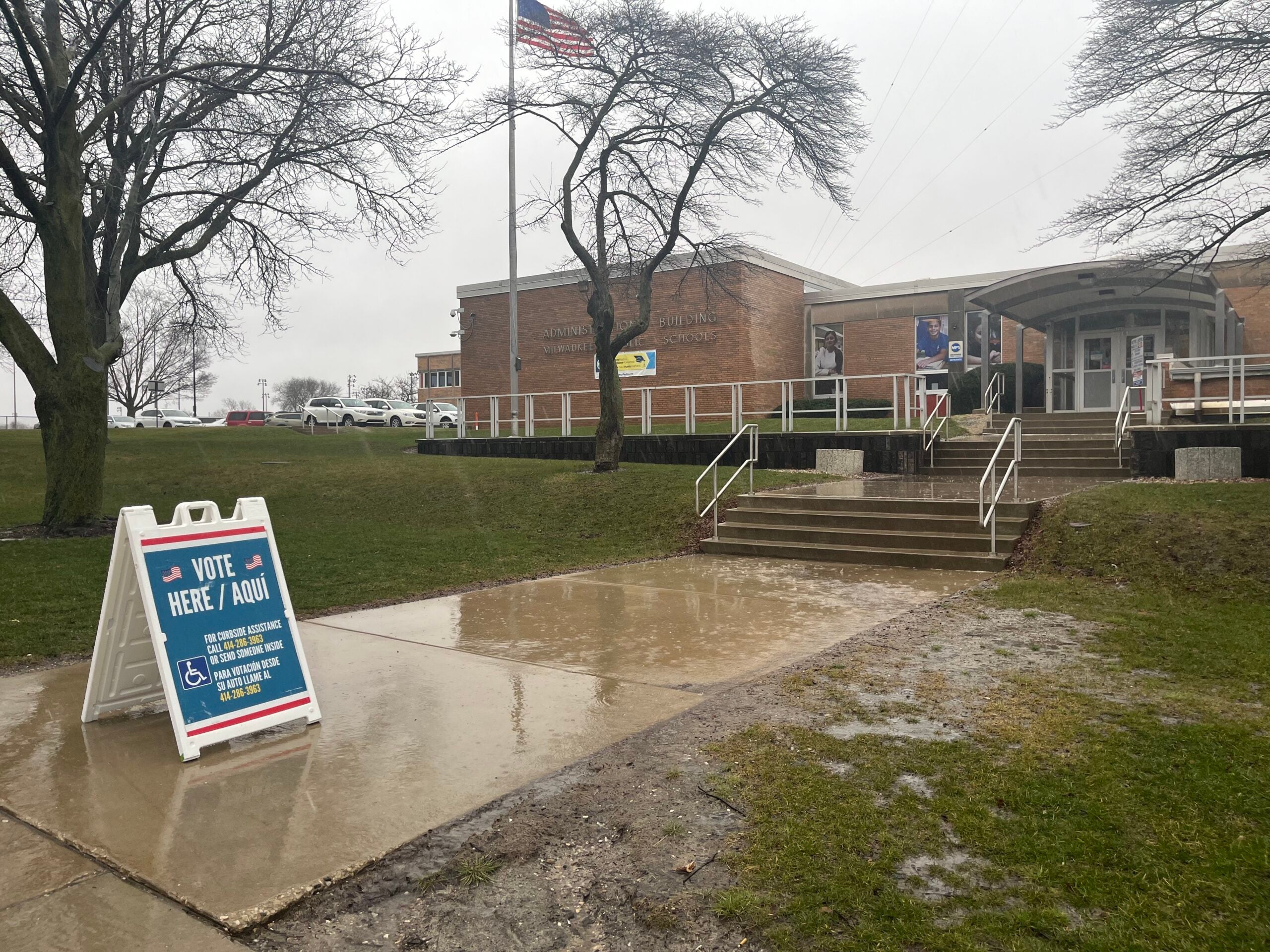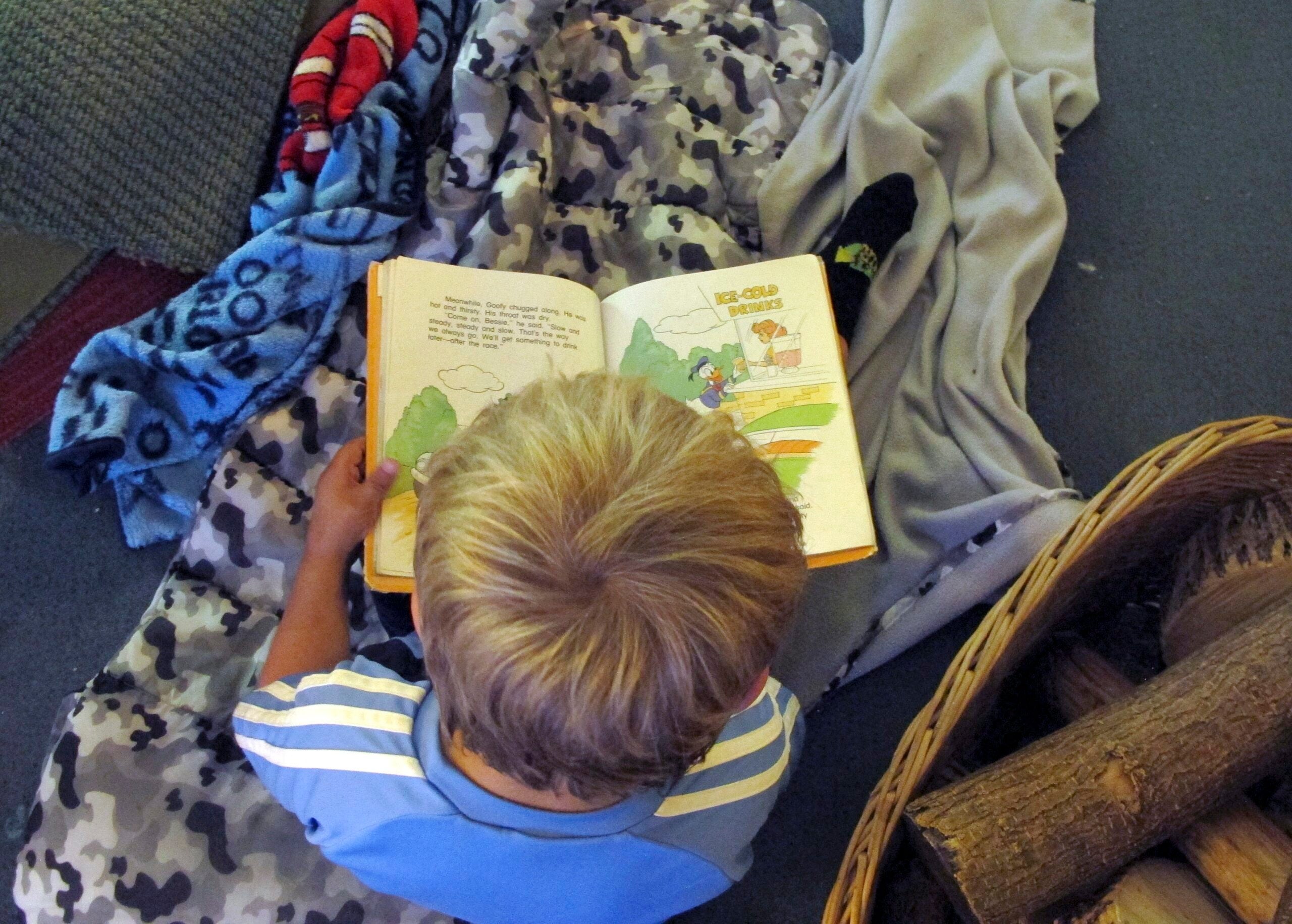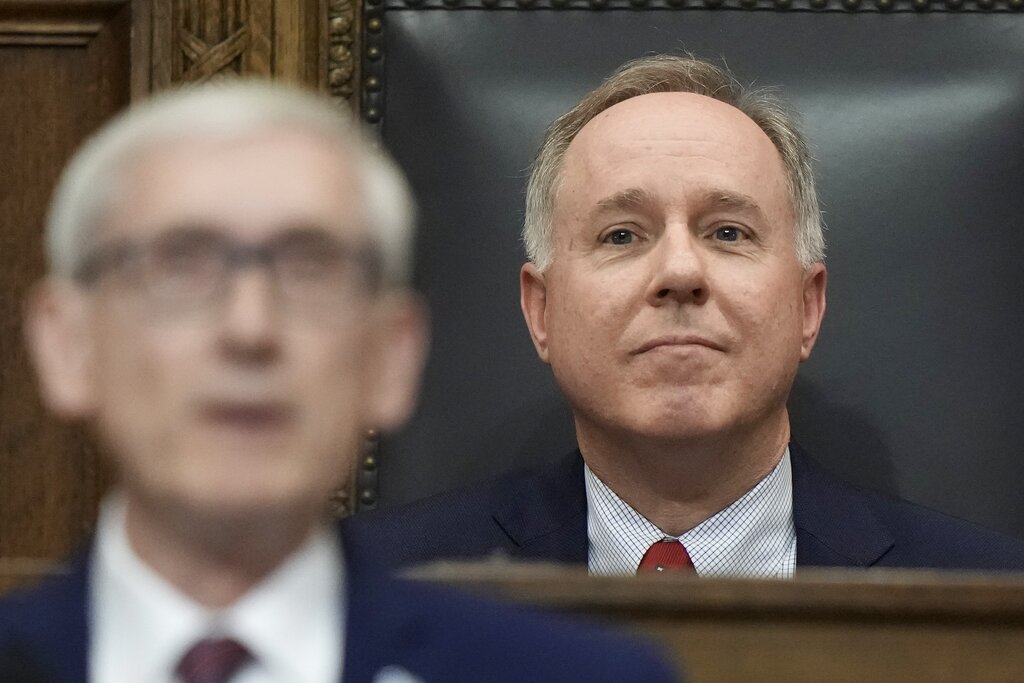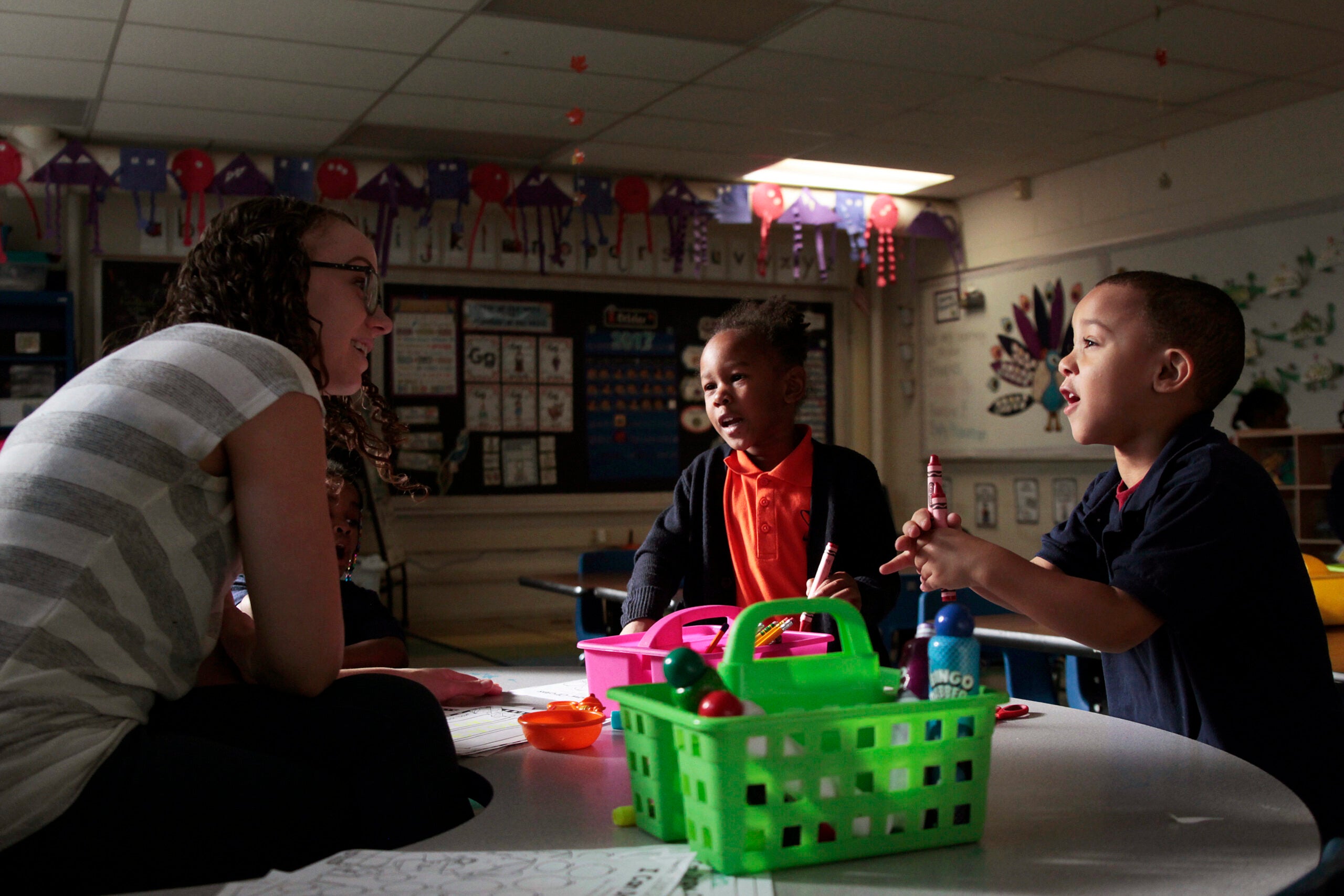Wisconsin received about $1.54 billion in federal money for schools under the American Rescue Plan Act, which passed in March of this year.
The state had to submit its plan to allocate that money to the federal government for approval, which the Biden administration mostly approved — except for a $77 million pot of money set aside for schools that brought students back fully in-person last fall, U.S. Secretary of Education Miguel Cardona announced Monday.
“(The $77 million portion) will require revision,” Cardona wrote in his letter to Wisconsin state Superintendent Jill Underly. “This directive will explicitly exclude the students who lost the most in-person instructional time as a result of the pandemic from receiving much needed services, conflicting with the ARP Act’s statutory requirement that the State reserve address the disproportionate impact of the coronavirus on certain student subgroups.”
Stay informed on the latest news
Sign up for WPR’s email newsletter.
The American Rescue Plan Act required that 90 percent of states’ education relief funds be allocated based on the number of low-income students in each school district, which is typical for federal education funds. However, states had discretion over how to spend the remaining 10 percent, and under the plan approved by Wisconsin’s Joint Finance Committee in February, school districts that offered more hours of in-person instruction were set to receive a larger percentage of that federal coronavirus aid than schools that started virtual.
The U.S. Department of Education rejected that allocation, sending it back to state lawmakers to come up with a new plan.
“We all know that our kids need to be in school for in-person instruction — even DOE acknowledges that children were harmed by virtual learning and stresses the importance of in-person instruction,” Joint Finance Committee co-chairs Howard Marklein, R-Spring Green, and Mark Born, R-Beaver Dam, wrote in a statement. “This politically-motivated denial affects $77 million of the total funding in the ESSER (Elementary and Secondary School Emergency Relief Fund) program, sending a strong, negative message to our schools.”
The co-chairs said they’ll continue to work on a plan for the $77 million that would send the money to schools that prioritized in-person learning. They also accused the state Department of Public Instruction and the federal Department of Education of working behind the scenes to “deny our efforts to reward schools that did the hard work of educating our kids in person during a pandemic.”
In a statement, Underly said her department would work with lawmakers to address the $77 million question.
“We all share a mutual interest in doing what is best for Wisconsin’s students,” she said. “That means supporting our learners as thoroughly and expediently as possible.”
Underly said the federal funds would start flowing to school districts in the coming weeks.
“This support will allow them to pursue innovative approaches to address the ongoing challenges presented by the pandemic, and to begin the process of addressing the new normal for learners, their families, our educators, and our communities,” she said.
Wisconsin Public Radio, © Copyright 2024, Board of Regents of the University of Wisconsin System and Wisconsin Educational Communications Board.

